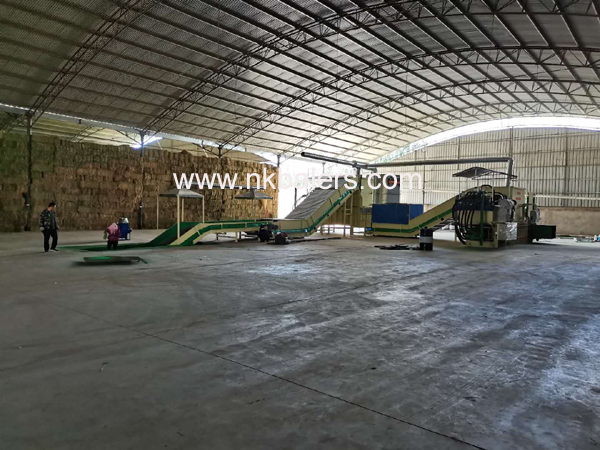Baler density of Australian straw balers
Release time: 2022-06-27 sentiment:561 time
The relationship between Baler density and Baler force under different moisture content. Under the same Baler density, the moisture content increases, but the Baler force decreases. From the internal analysis of the material, in the natural state, the wet material has a smaller gap between the stalks than the dry material, and it must be packaged to the same density. The Baler force used to overcome this gap between the straws is small; The high moisture content of the material makes the internal friction coefficient between the straws smaller, so that the Baler force used to overcome the internal friction between the straws when the material is packaged is small; again, the moisture content of the wet material is high, so that the material is The friction coefficient of the chamber wall becomes smaller, and the frictional resistance of the chamber avoidance to the material is reduced.
The relationship between the Baler force and the Baler density under different feeding amounts must meet the same density requirements, and the larger the feeding amount, the larger the Baler force. The degree of material looseness depends on the initial density of the material, that is, the size of the feeding amount. The feeding amount is large, and the material looseness is small. At this time, the Baler material has the same deformation amount, and the required Baler force is larger than when the feeding amount is small. In actual production, the increase in the feeding amount can improve the operating efficiency of the baler, but the feeding amount cannot be increased blindly for productivity, otherwise the increase in pressure will cause damage to the packaging mechanism or cause the machine power to be unsatisfactory.

NKBALER straw balers have high Baler density, compact and beautiful bag shape, no loss in loading, easy transportation, and reduced transportation costs.

